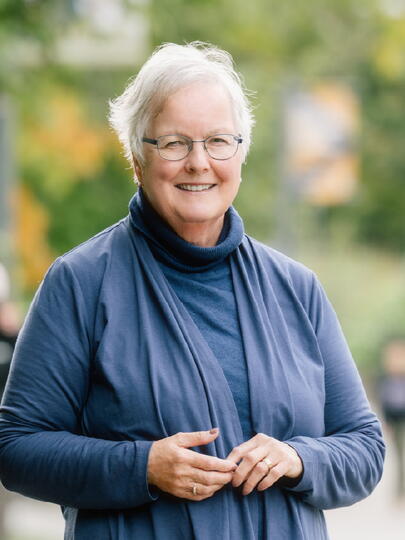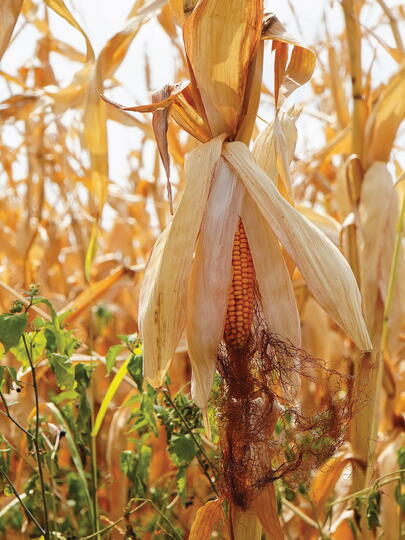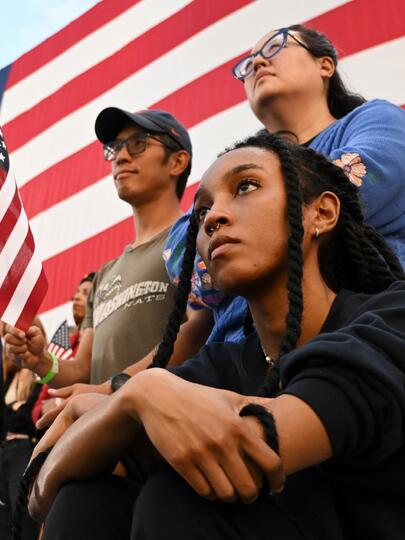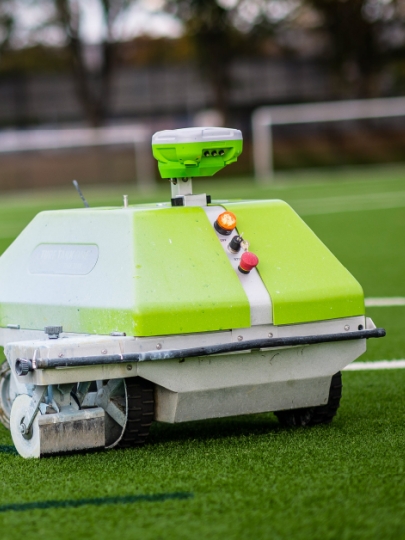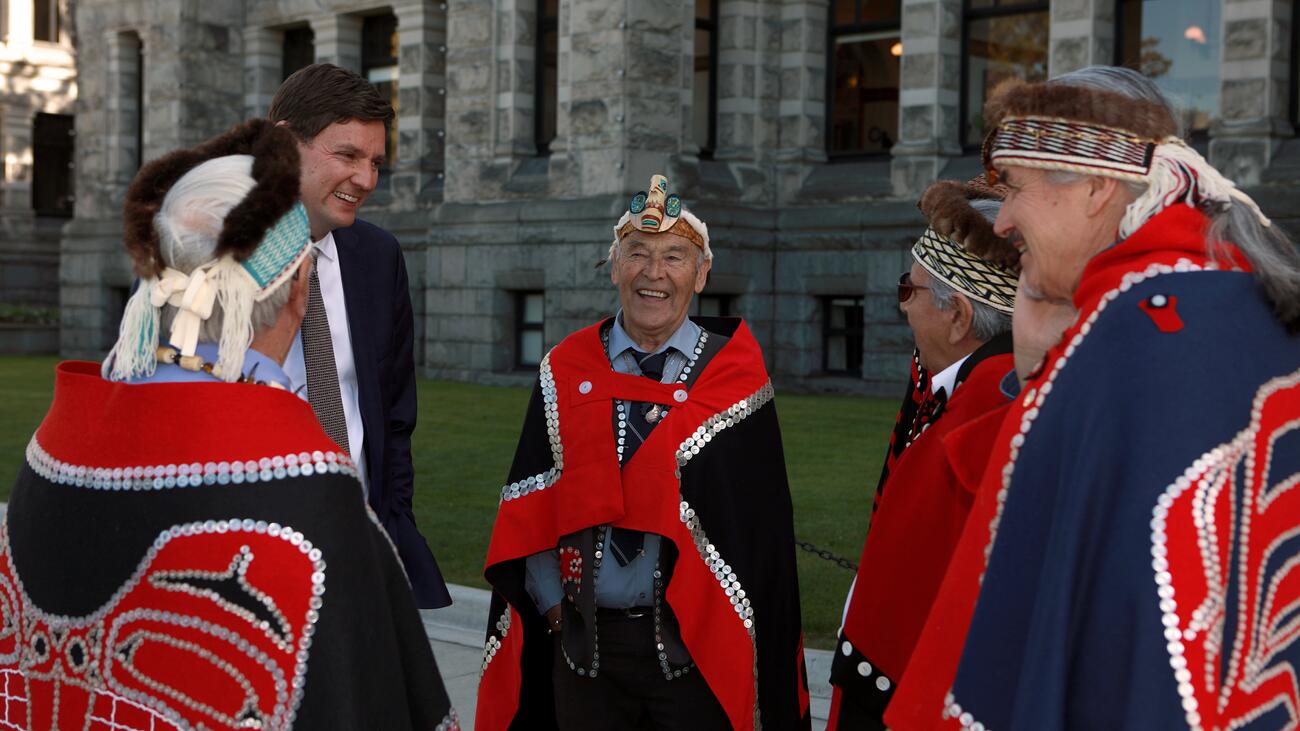Opinion
Historic Haida Nation agreement shows how to uphold Indigenous rights
The recent agreement reached between the Haida Nation and the government of British Columbia — called the Gaayhllxid/Gíihlagalgang “Rising Tide” Haida Title Lands Agreement — marks the first negotiated settlement in Canada to recognize an Indigenous nation’s jurisdiction over its traditional territory.
The agreement has been welcomed by First Nations leaders in BC as a significant breakthrough in the recognition and protection of the inherent rights of Indigenous Peoples. The agreement also serves as an inspiration to Indigenous Peoples across Canada and around the world who share the common struggle to restore a viable and sustainable land base.
Historic. Inspiring. But also long overdue, particularly in light of the clear direction provided by decades of rulings and recommendations by international human rights bodies.
"Defining element of identity"
The United Nations Expert Mechanism on the Rights of Indigenous Peoples found in a 2020 study that Indigenous Peoples’ connection to their lands and waters is “the defining element of their identity and culture and their relationship to their ancestors and future generations.”
Furthermore, as is the case for all people, wise management of land and resources is essential to the health and prosperity of families and communities.
The British Crown and other colonial states relied on racist concepts like the Doctrine of Discovery and Terra Nullius, known as the unowned lands doctrine, to seize Indigenous lands and ignore or subvert the laws and institutions through which Indigenous Peoples had successfully managed these territories. The consequence has been cultural loss, alienation, impoverishment, conflict, and environmental degradation.
These are not simply the wrongs of the past. So long as the determination about who owns and controls what lands is based on such corrupt foundations, Indigenous Peoples will continue to be dispossessed and the state’s claims about justice, human rights, and the rule of law will ring hollow.
This is why international human rights bodies have repeatedly called on all states to work proactively — and in partnership with Indigenous Peoples — to respect, protect, and restore Indigenous Peoples’ rights to control and benefit from their traditional territories.
The weight of UNDRIP
An example is the 2007 UN Declaration on the Rights of Indigenous Peoples (UNDRIP), which Canadian provincial and federal governments have both committed to fully implement. Significantly, the declaration itself did not create new rights. Instead, it built on decades of progressive developments in international law.
Land rights and Indigenous self-determination are a consistent thread through the entire declaration. It affirms that Indigenous Peoples have rights to “the lands, territories, and resources which they have traditionally owned, occupied or otherwise used or acquired.”
It also asserts all states “shall give legal recognition and protection to these lands, territories, and resources,” giving “due respect to the customs, traditions, and land tenure systems of the Indigenous Peoples concerned.”
The positive legal obligations in UNDRIP means that Indigenous Peoples shouldn’t have to engage in costly, decades-long legal battles to restore rights that have been wrongly denied. Nor should states abuse their power to press for settlements that diminish the rights of Indigenous Peoples and further entrench an unjust status quo.
Canada and the world need more models of what pro-active, cooperative realization of Indigenous land rights can look like in practice. The Haida title agreement provides one of the most promising examples I’ve seen.
Haida agreement
Significantly, while the settlement recognizes Haida title throughout the archipelago of Haida Gwaii, the province and the Haida Nation have also agreed that existing private property rights will be honoured, along with the resource leases and permits that have already been granted.
The agreement also provides for a transition period as the Haida Nation begins to exercise their jurisdiction over public lands in the territory.
Such an approach echoes UNDRIP’s call for a fair and peaceful reconciliation between the rights of Indigenous Peoples and “the just and most compelling requirements of a democratic society.” Hopefully this approach will also go a long way to address any public concerns over the consequences of this agreement and the precedent it sets.
"We were born knowing this is ours": BC signs deal recognizing Haida Nation title over Haida Gwaiihttps://t.co/cZQlhJepRk
— CoastalFirstNations (@CFNGBI) April 15, 2024
Any time the tide shifts, and a new law or policy breaks with the status quo, there will be voices predicting conflict and ruin. This happened when BC adopted legislation to implement the UNDRIP. We saw it again when the federal government adopted similar national legislation. None of these dire predictions have come true.
Today, as BC moves forward with legislation to implement the Haida Title Lands Agreement, I hope all Canadians see this development for what it truly is: a positive step to finally live up to the values shared by Indigenous Peoples and Canadians pertaining to justice and respect for human rights.![]()
Sheryl Lightfoot is Chair and Member from North America of the UN Expert Mechanism on the Rights of Indigenous Peoples (EMRIP) and Professor in Political Science, Public Policy, and Indigenous Studies at the University of British Columbia.
This article is republished from The Conversation under a Creative Commons license. Read the original article.
![]()
